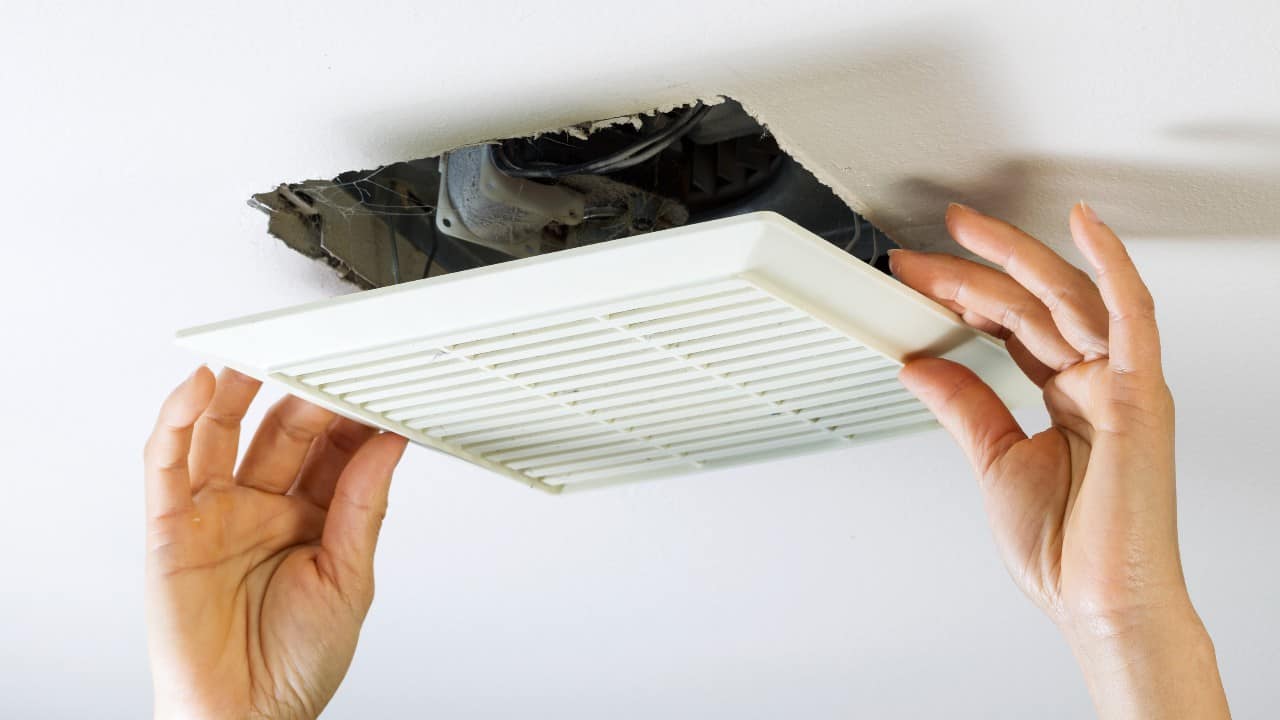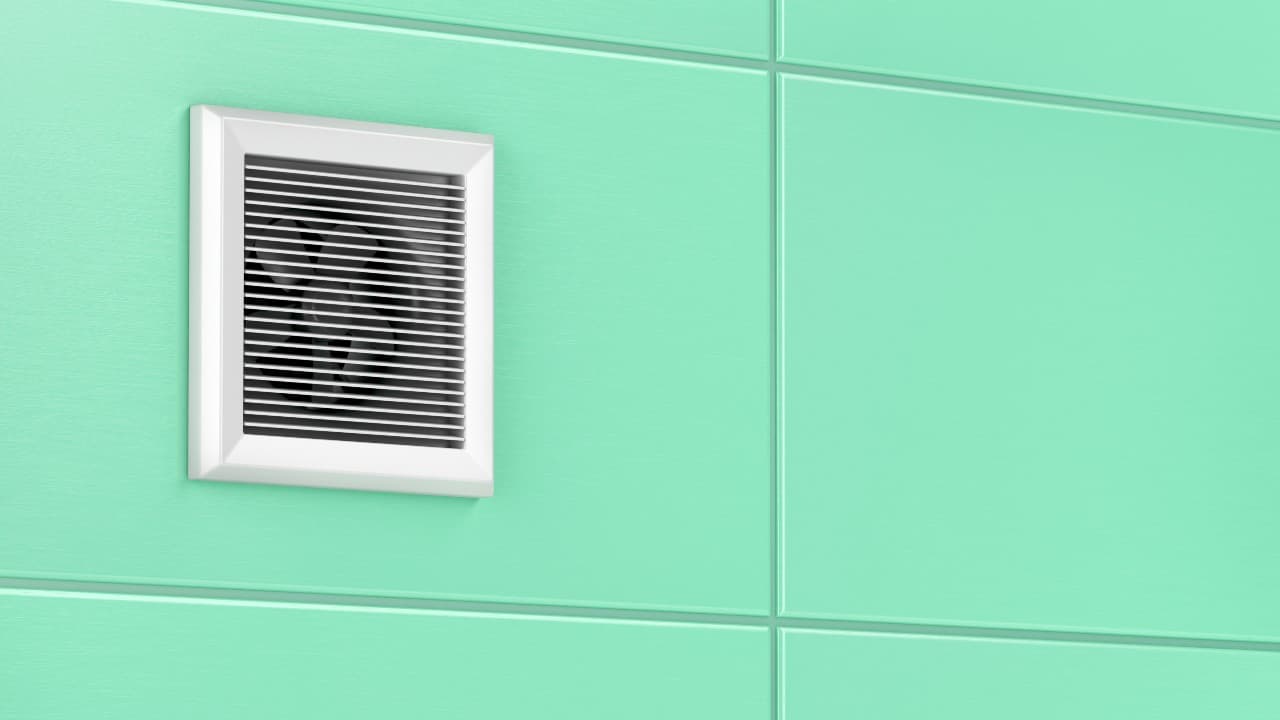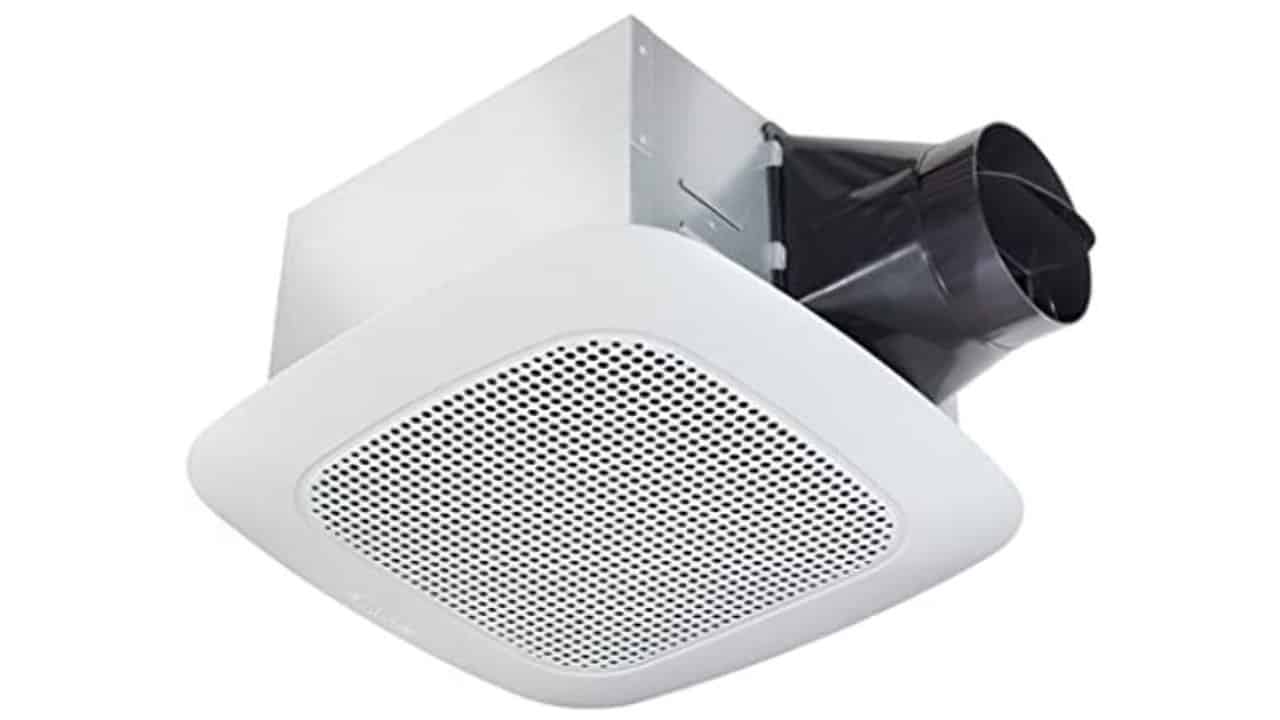Bathrooms can be smelly, wet places that are often unventilated and closed-in. Unpleasant smells are one thing, but the excessive moisture that often appears in these rooms can create some pretty serious issues.
A high level of humidity can, for example, create an ideal breeding environment for potentially hazardous mildew and mold, and these won’t hesitate to eat away at your bathroom ceiling and walls.
Therefore, a bathroom can only benefit from the installation of a quality exhaust fan. But which type of this appliance is the best for your needs? And what does your city’s bathroom exhaust fan venting code have to do with it? In this article, I’ll be taking a thorough look at the code requirements for these bathroom fan appliances and also talk about other important considerations.
Contents
Code Requirements for Bathroom Exhaust Fans
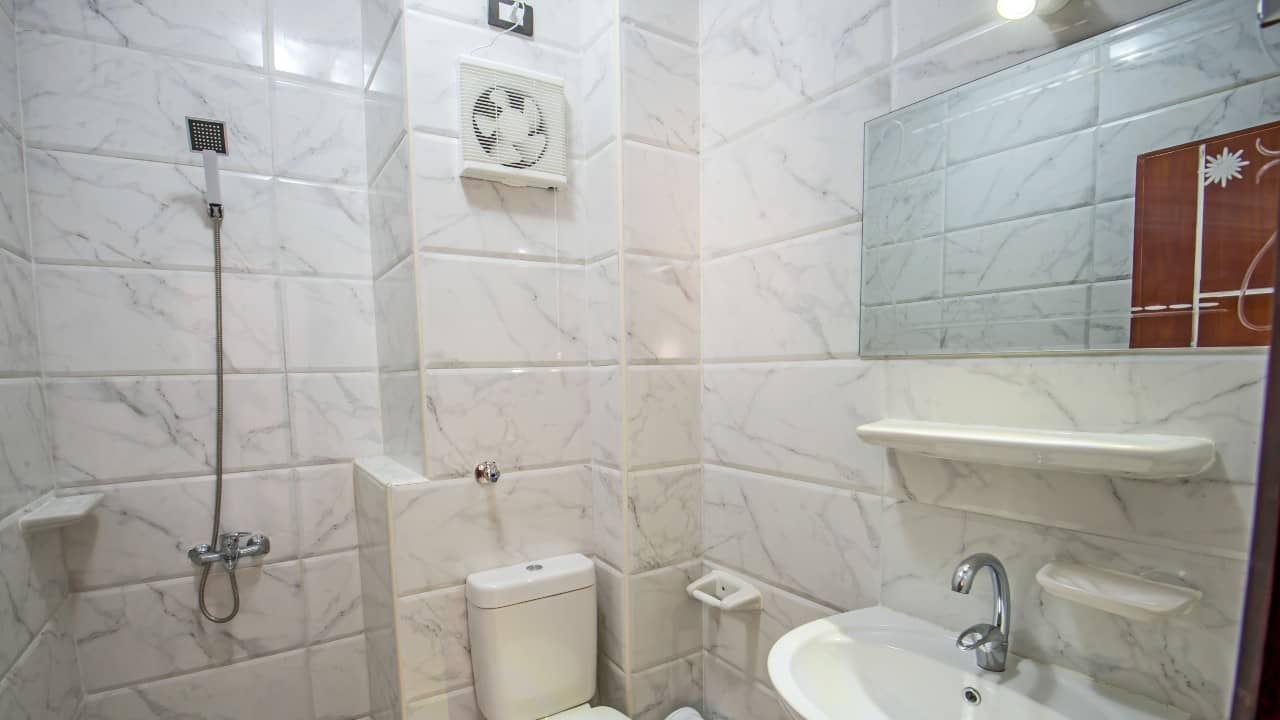
To have a better understanding of the bathroom exhaust fan venting code, it’s helpful to know what bathroom exhaust fans do exactly. Check out this What Is the Fan in the Bathroom For? post for more information.
There are a few important code requirements concerning these appliances according to the NEC and IRC – the National Electric Code and the International Residential Code.
The International Residential Code, for example, says that an appliance of this type cannot vent to a crawlspace or an attic. Instead, a bathroom exhaust fan must vent to the outdoors.
Moreover, there are limits that specify the allowed duct length based on the fan’s Cubic Feet per Minute (CFM) rating. There is also a limit to the type of duct (flexible or smooth) as well as its diameter.
One particularly interesting thing here is that the need for one of these appliances can be completely bypassed by having an operable window. The code states that the size of such a window needs to be at least 3 sq. ft. and that one-half of it can be opened.
The National Electric Code, on the other hand, has some further requirements. Out of these, the most important one concerns bathroom exhaust fans installed above bathtubs and showers.
Not only do they need to be specifically listed for that kind of use, but such bathroom exhaust fans also must be GFCI-connected. If you’re currently in the market for a new exhaust fan, have a look at my roundup of the best bathroom fans.
Which Code Should I Use For Bathroom Venting?
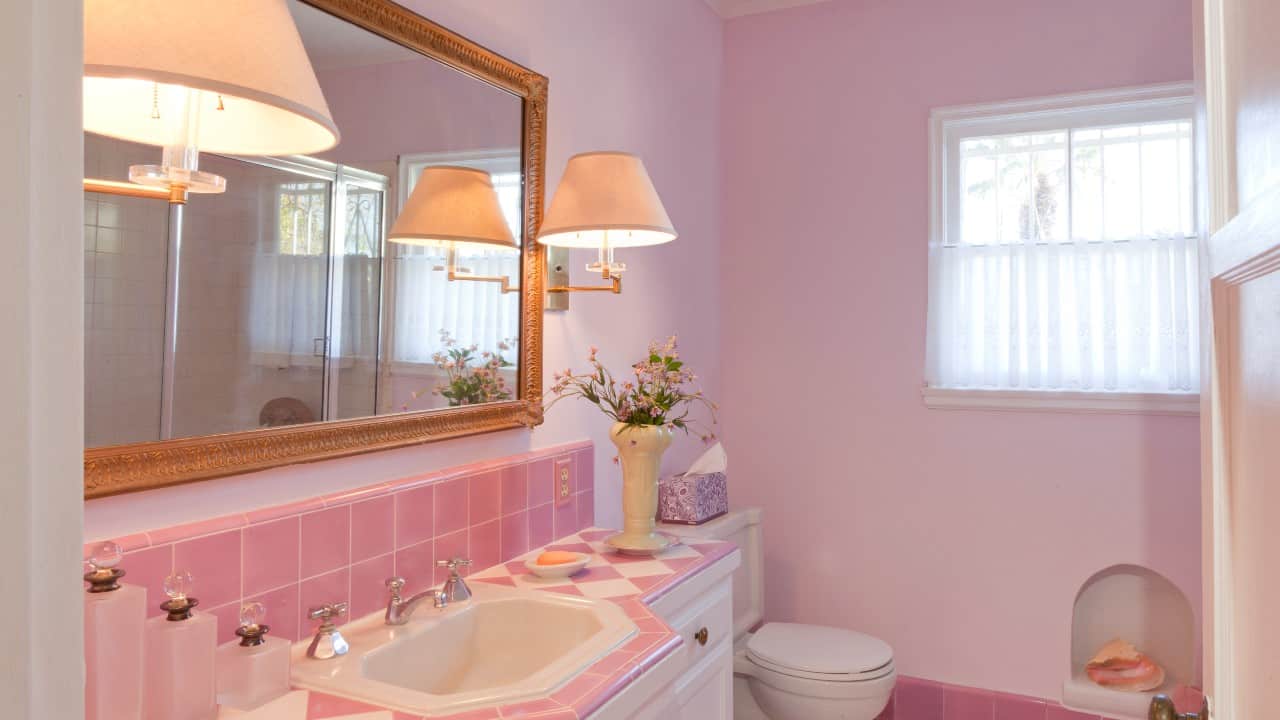
In this article, the only venting rules I’ll be talking about are the ones laid out in the NEC and IRC. The latter of these two has been adopted by most jurisdictions in the US as well as by some Latin American and Caribbean countries.
As such, the IRC serves as a sort of “model code”. It outlays the minimum regulations concerning residential homes, while the local code often supplements these regulations with some additional rules.
In the IRC, the bathroom fan venting code is discussed in “Exhaust Systems” (chapter 15) and “Duct Systems” (chapter 16).
An important thing to mention here is that the code imposed by your local county, city, or state takes precedence over the International Residential Code. For that matter, consulting the local building department before making the final decision is vital.
If you’d like to know more about the requirements imposed by these codes, I’d recommend you to get DeWalt’s [amazon link=”1337271411″ title=”Residential Construction Codes Handbook” /].
Not only is this book well-illustrated and extremely easy to read, but it also explains in great detail the numerous exceptions that are often found in local residential codes.
What’s the Exterior Venting Location Code?
In the 1504.3 section of the International Residential Code, it is stated that these appliances must terminate air at least 10 feet away from the intake openings.
What does this mean? A high-efficiency furnace, for example, takes in fresh air through a long PVC pipe that goes from the exterior of the house to the furnace itself.
In other words, it makes complete sense to have the part that sucks the exterior air inside several feet away from the bathroom exhaust fan itself. In the example mentioned above, the point is in preventing the furnace from sucking in moisture-heavy air, as that can lead to all sorts of issues.
The International Residential Code also says that, while an exhaust fan hood can be situated above the furnace, the distance between them needs to be at least 3 feet. Furthermore, the fan should be at least 3 feet away from property lines, doors, and windows.
What’s the Maximum Exhaust Fan Venting Distance?

A lot of time, homeowners find themselves to be quite confused when it comes to the maximum duct length for these appliances. Fortunately, section 1504.2 of the International Residential Code has a convenient table that provides all the important info on allowed lengths.
To put it simply, all you need to know in this regard is the CFM rating of your model. The CFM, which stands for Cubic Feet per Minute, is a rating that determines a fan’s performance and is typically in the range of 50 to 150 (and higher for commercial models).
For example, if you have a 125-CFM rated bathroom exhaust fan with a smooth-walled duct whose diameter stands at 5 inches, the duct’s length shouldn’t go over 51 feet. Check out our bathroom fan sizing chart for more information.
What About the Duct Diameter?
Another thing you’ll have to know is the diameter of the duct you’ll be using. The duct hoses of the older bathroom vents rarely had a diameter bigger than 3 inches. The newer fans, which are also much more powerful, typically use ducts whose diameters stand between 4 and 6 inches.
Obviously, a duct with a larger diameter allows the fan to exhaust more air. However, this also extends the duct’s maximum allowable length.
Let me give you another example, similar to the one given in the previous section of the article. If you have a non-smooth (flexible) 6” duct and a 150 CFM-rated exhaust fan, the maximum allowable length of the duct will be 55 feet.
What’s the Minimum Required CFM Rating?
According to section 1505.4.4 of the International Residential Code, the minimum required exhaust fan CFM rating stands at 50. As you can already guess, 50 CFM-rated exhaust fans are ideal for smaller bathrooms.
When it comes to calculating the adequate CFM rating of the fan for your bathroom, the general rule of thumb is to add 1 CFM for each square foot of the bathroom. So, if the size of your bathroom stands at 80 feet, you’ll want to get yourself an exhaust fan whose CFM rating is 80 – it’s as simple as that.
What About the Exhaust Fan Termination Requirements?
Those who’ve just bought a brand new bathroom exhaust fan may be tempted to install it in such a way that it terminates directly into an attic or even into a ceiling cavity. However, doing something like that violates sections 1501.1 and 1505.2 of the International Residential Code.
As previously mentioned, this code states that no appliance of this type should terminate air into any interior areas of the house, such as the crawlspace or the attic.
What’s the reason behind this? It’s very simple, actually – the fans exhaust huge amounts of moisture. And, as you already know, moisture can lead to all sorts of issues, the biggest of which are wood decay and the appearance of mold and mildew. Even if it doesn’t cause the growth of fungi, excessive moisture will definitely negatively impact the quality of indoor air.
However, in some cases, homeowners simply don’t have any other choice but to install their bathroom fans in a way so that they exhaust air into the attic. If you’re in the same situation, I would highly recommend reading my article on venting a bathroom fan into an attic.
Can a Window Replace a Bathroom Exhaust Fan?

As stated above, yes, it can. In certain circumstances, the International Residential Code allows windows to replace bathroom exhaust fans.
According to section R303.3 of the IRC, there’s no need for a fan if your bathroom has a window whose one half is openable and whose size measures 3 square feet. As simple as this may sound, it actually makes a lot of sense – after taking a shower, you just have to open the window and the moisture will go out.
However, I still consider the installation of a bathroom exhaust fan to be a far better option. Using one of these appliances is quicker, easier, and, unlike the act of opening a window, it doesn’t allow various pests to get inside the bathroom.
Installing a Bathroom Exhaust Fan in a Wet Location
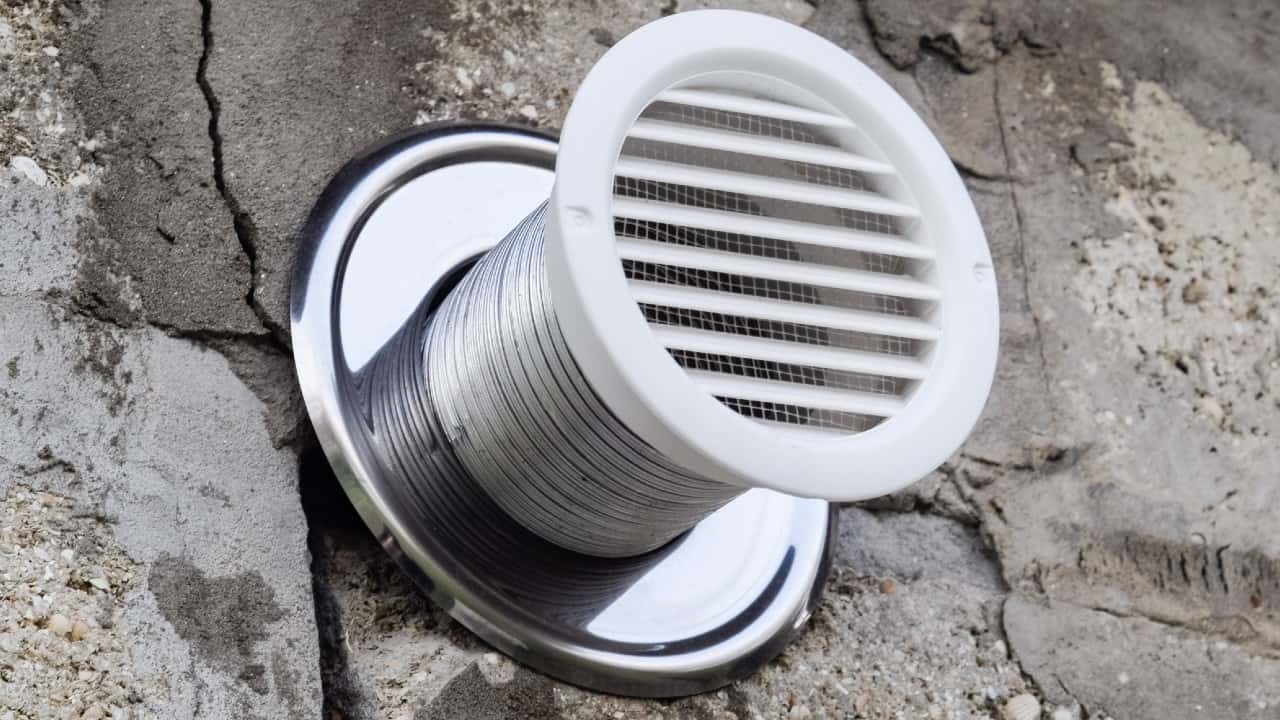
Under certain circumstances, bathroom exhaust fans can be installed above bathtubs and showers.
In the 314.15 section of the National Electric Code, called “Wet or Damp Locations”, it is stated that only those bathroom fans that are listed for installation in wet locations can be mounted in such places. The same applies to the fan-and-light combos.
The same code also says that the fan’s housing needs to be made in such a way that the moisture or water can’t reach the internal components of the appliance.
What is GFCI?
An appliance of this type that’s going to be installed in a moist location must be connected to a so-called GFCI circuit.
What does this mean? If water or anything else causes any kind of electrical short, the bathroom exhaust fan will shut off immediately and, in that way, prevent severe injuries and possibly even death.
So, if you’re planning to install a fan above your shower or bathtub, make sure to connect it to a GFCI branch circuit. Don’t forget that there are hundreds of accidental electrocutions occurring every year in the United States.
The Takeaway

As someone who knows a thing or two about these appliances, I’ve seen a lot of improperly vented bathroom fans at other people’s places over the years. As far as I’m concerned, the most common issue is not venting a fan to the exterior.
Although it’s not easy, installing your bathroom exhaust fan so that it terminates air to the outside of the house instead of the crawlspace or the attic is undoubtedly worth the trouble. Keep in mind that the extra moisture spewed out by this appliance can lead to severe wood degradation, horrible mold issues, and also attract ants and termites. If you think all of this is too big of a hassle, read our guide to ductless exhaust fans.
Check out our post on How to Insulate Bathroom Fan Ducts and our guide on How to Replace a Bathroom Exhaust Fan Without Attic Access as well.
